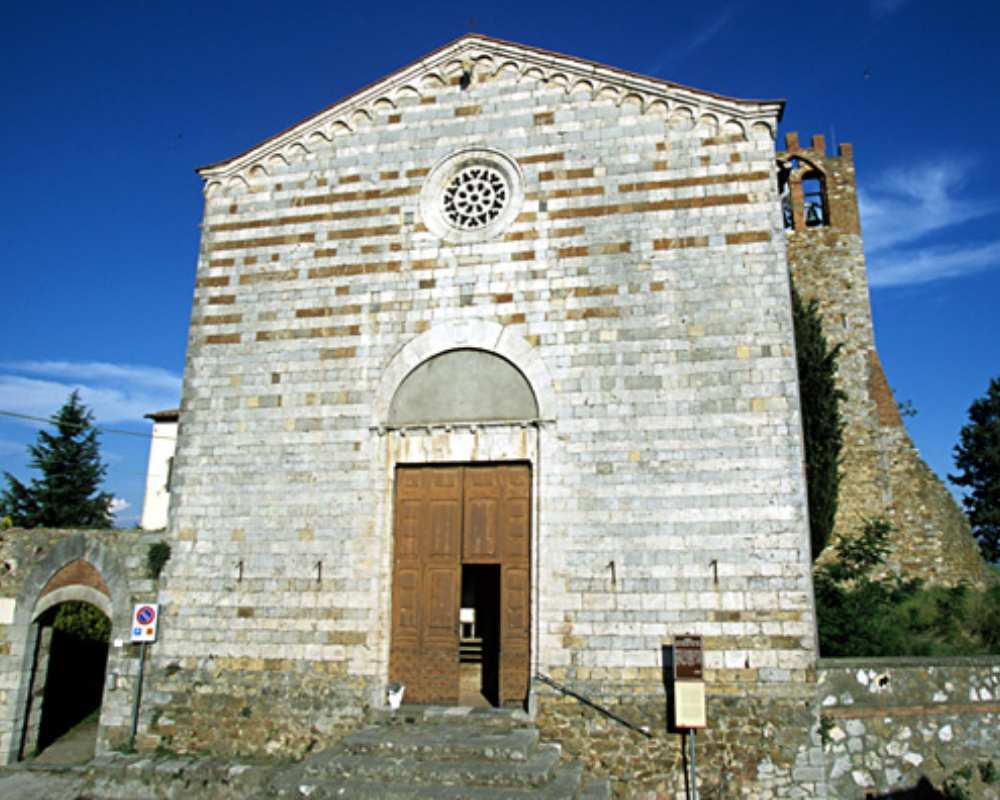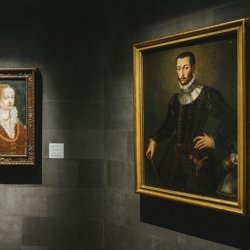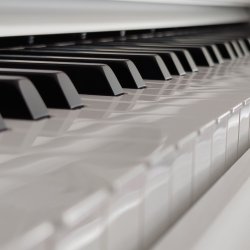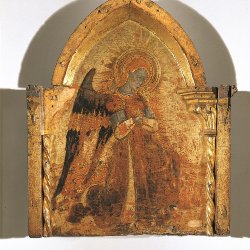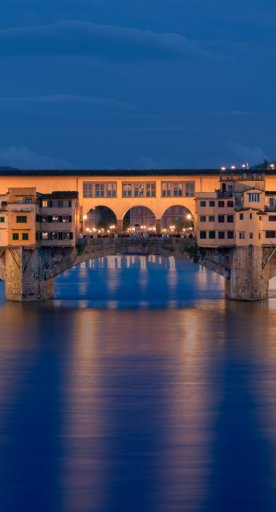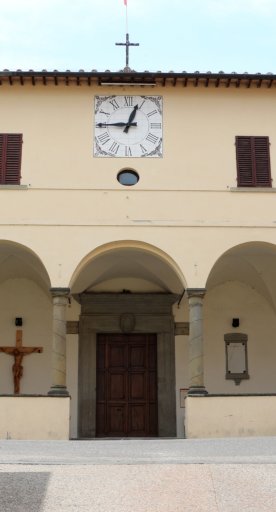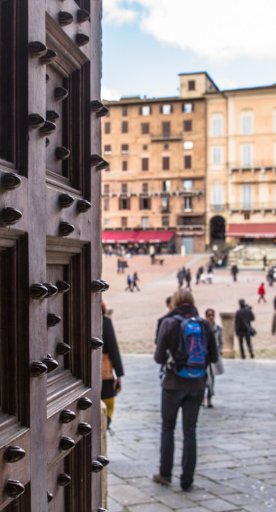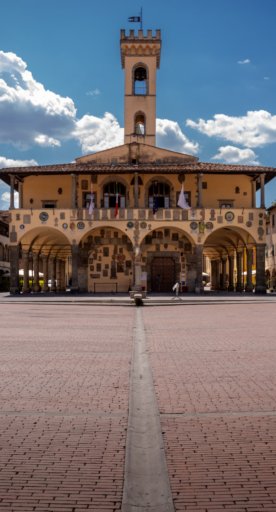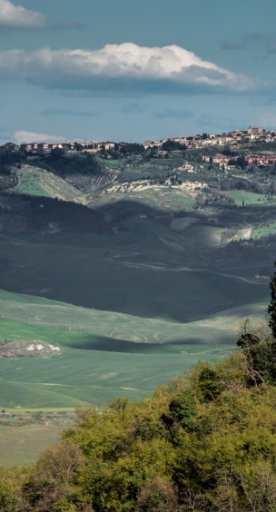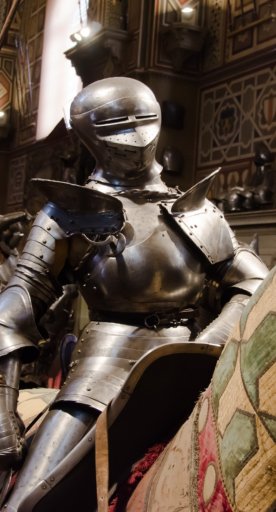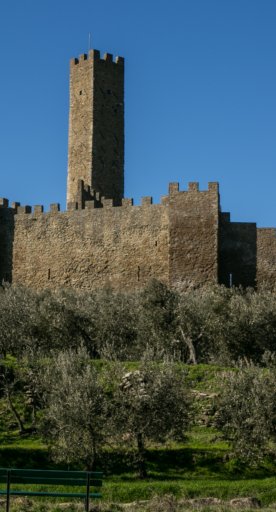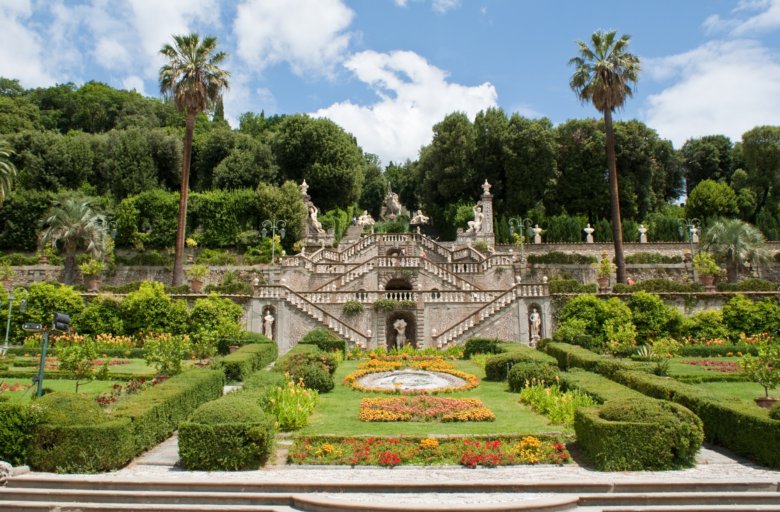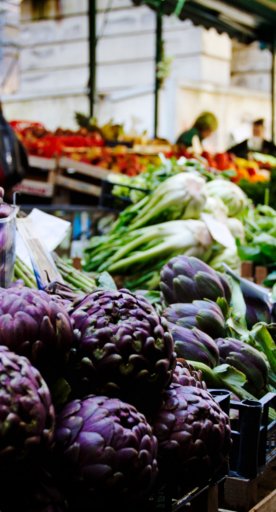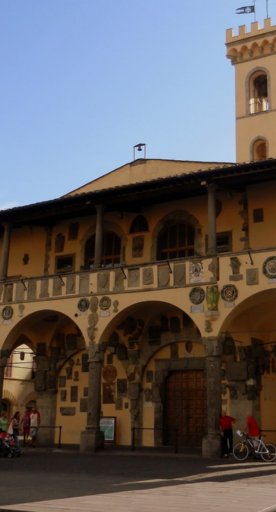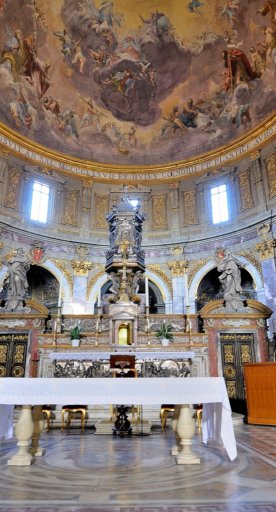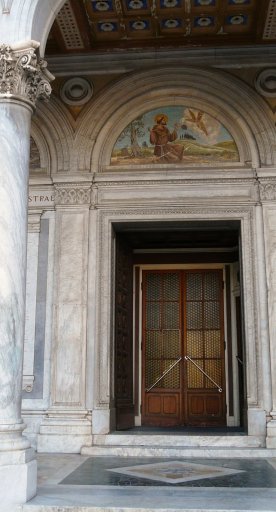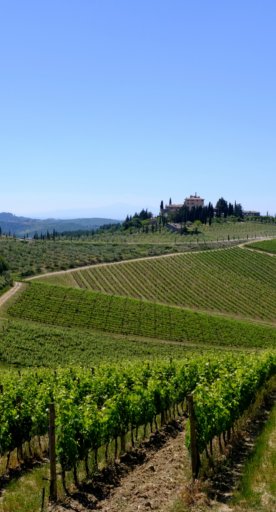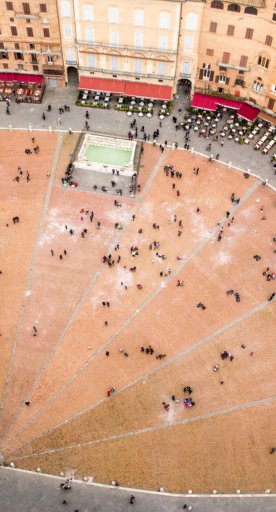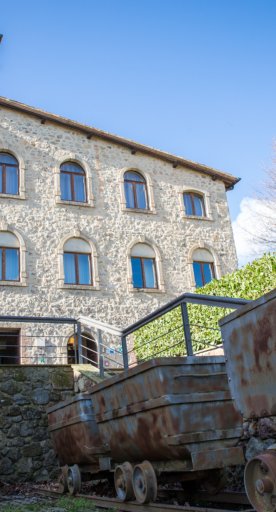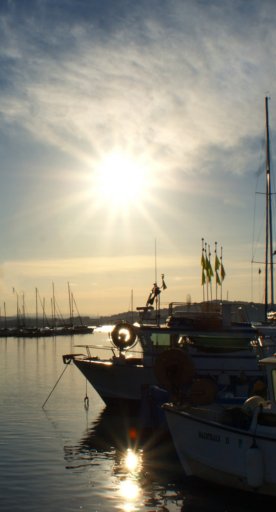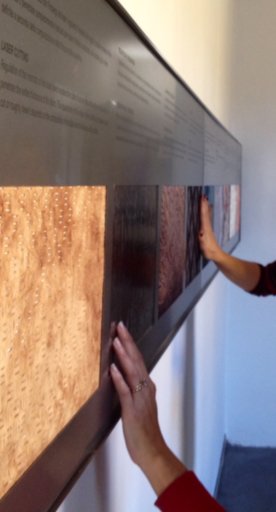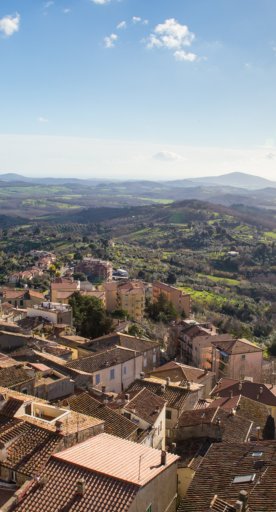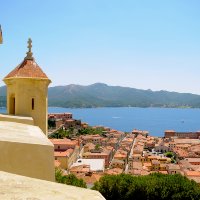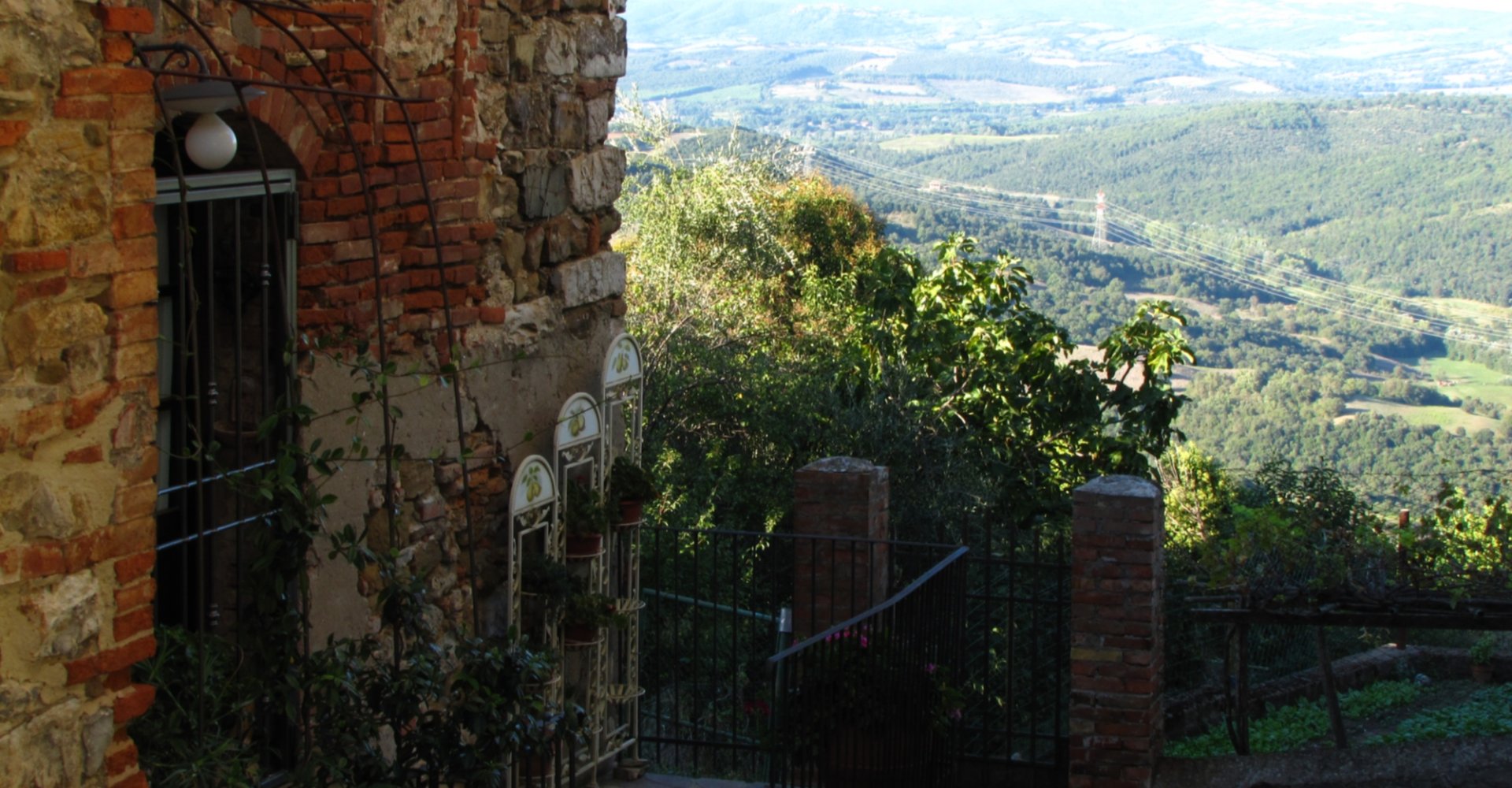
Travel through time in Campagnatico
The historical center is host to Medieval buildings, remains and churches
Not far from Grosseto, in Maremma, lies Campagnatico, a small town that still smells of the Middle Ages and traditions. It is the ideal place for a trip out of town. Here you can admire towers, castles and ancient churches that enrich the neighboring territory. Folklore lovers can also visit the village in September to participate in the picturesque Palio dei Ciuchi, between the districts Castello, Centro, Nobile Rione Pieve and Santa Maria.
-
1.Explore the hamlet
-
2.Montorsaio Castle
-
3.Stertignano Castle
-
4.Monte Leoni Castle
-
5.Church of St. John the Baptist
-
6.Church of Santa Maria
-
7.The Church of S. Antonio Abate
-
8.Church of Santi Michele e Cerbone
-
9.Oratory of the Crucifix
-
10.Convento della Nave
Explore the hamlet
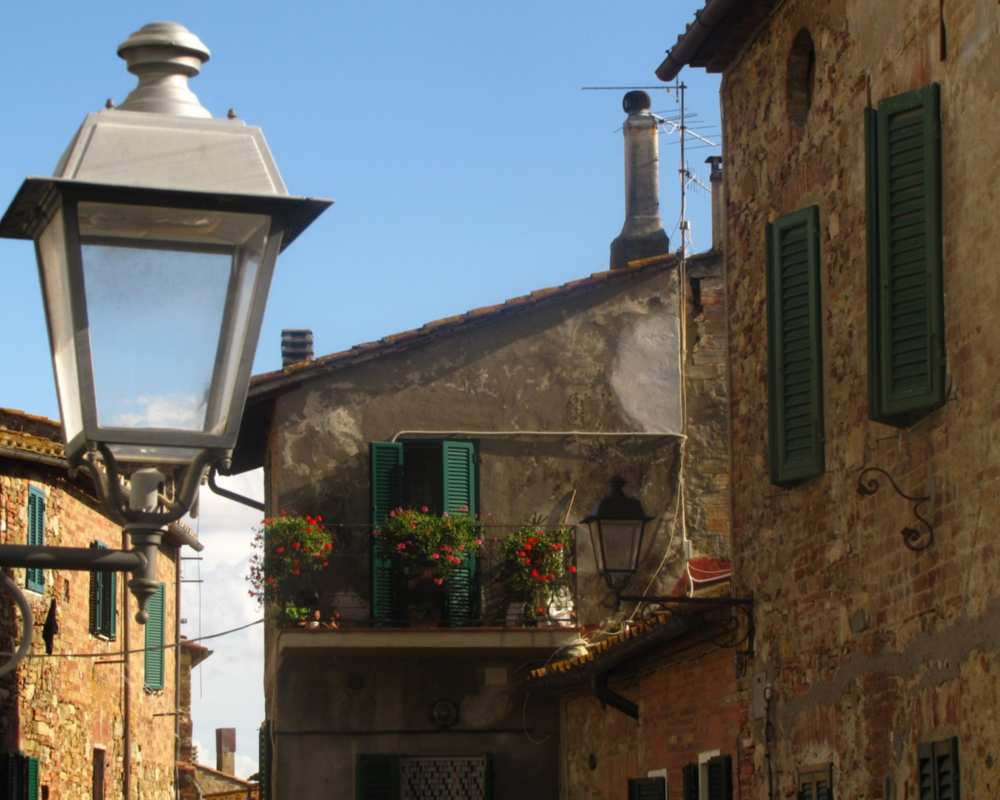
From the old city’s Piazza Garibaldi, take via Roma to the long walls that enclosed the two peaks which stood opposite the fortress in the north and the church of St. John the Baptist in the south.
Many towers used to line the walls and one of them has been transformed into a church bell tower. In the city there are still imposing ruins of the Aldobrandeschi Fortress.
Montorsaio Castle
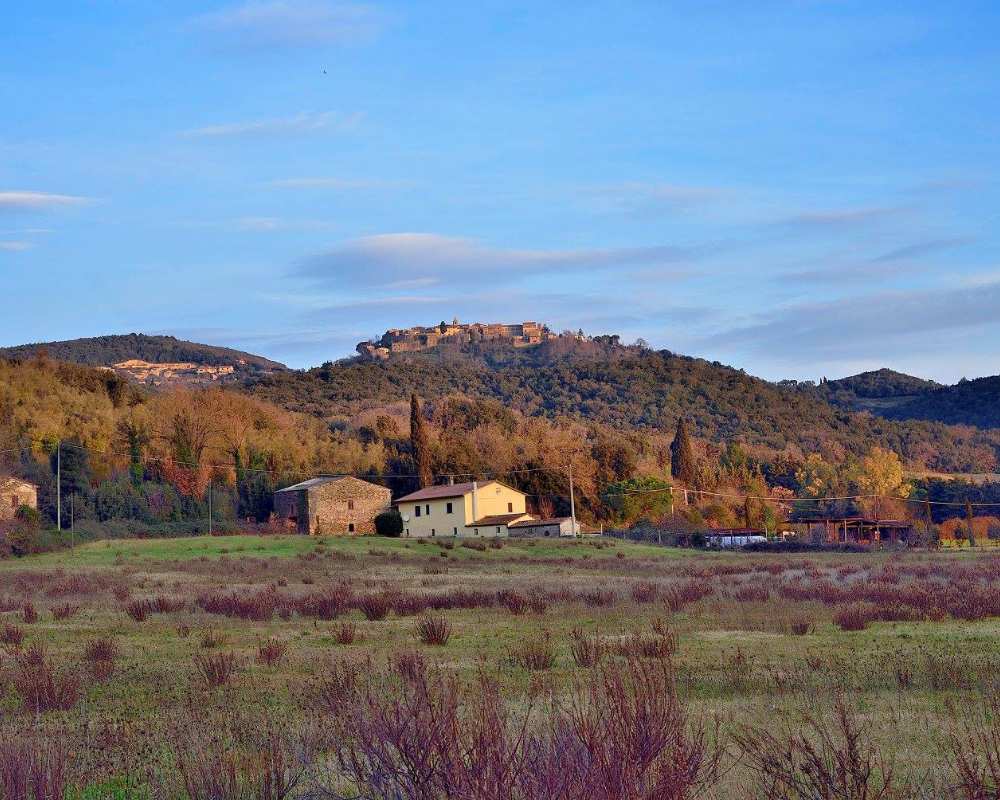
Experts believe that the castle dates back to the eighth century. Throughout its history, the castle - located on a wooded hill - has been ruled by several powerful noble families and on various occasions it was ruled by Siena. In 1255, Siena’s domain over the castle was significantly strengthened following its acquisition of this district and the construction of a new quarterdeck. Afterwards, it was managed by the lordship of Montorsaio Salimbeni which dominated the area until 1375. In 1432, a statute was drafted by the community and, in 1559, it was ruled by the Medici family.
Stertignano Castle
From 1274, this castle belonged to the Aldobrandeschi counts. At the beginning of the fourteenth century it came under the Orlandini family of Siena, before falling into the hands of the Cerretanini. It was finally abandoned in 1370 and made into a countryside estate by the Republic of Siena in 1438. Today, its only remains include the stone walls and buildings located along the inside.
Monte Leoni Castle
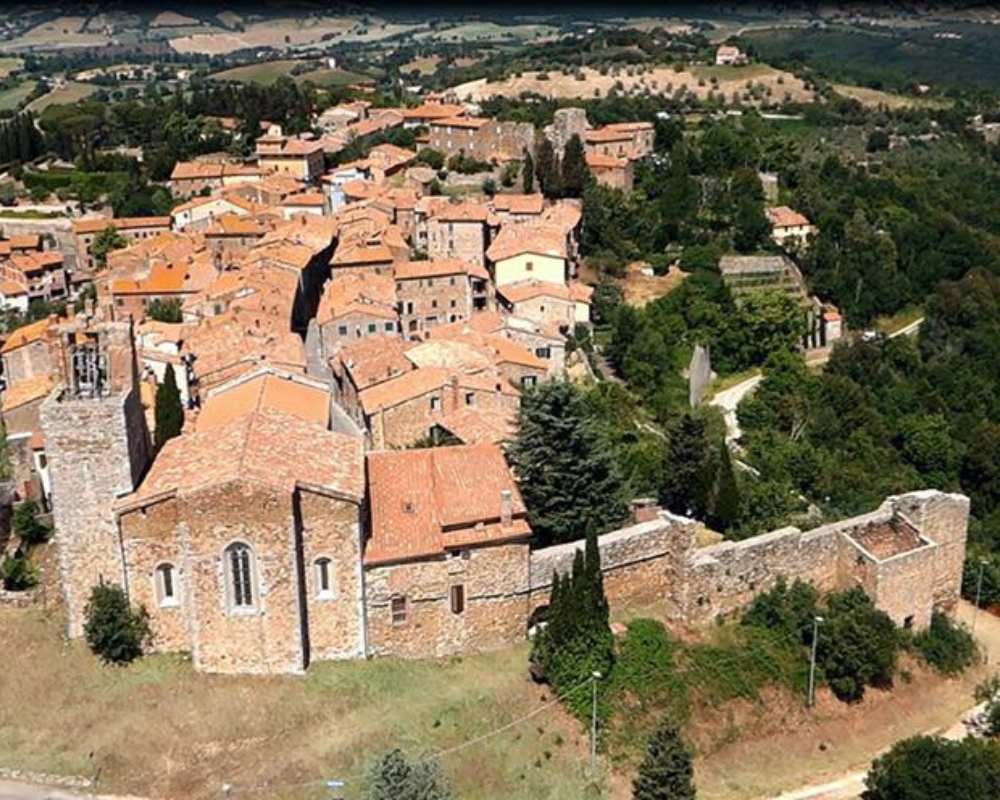
Historical documents of this castle date as far back as 1188. It was ruled by Pannocchieschi in 1262 and subsequently fell into ruin. It became part of Sienese dominion in 1438; today, only a small quantity of the castle’s original blocks can be seen. Now the surrounding green area is protected and called Oasi Faunistica di Monte Leoni.
Church of St. John the Baptist
